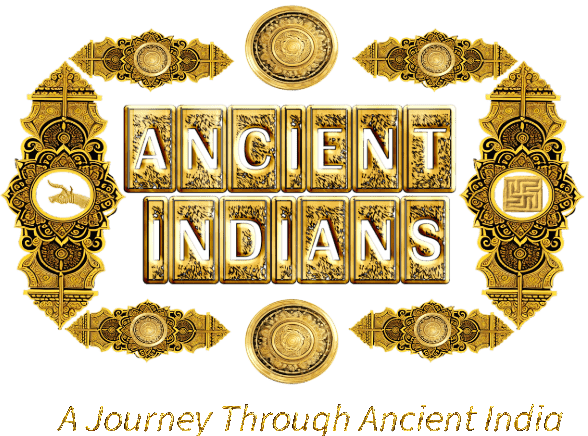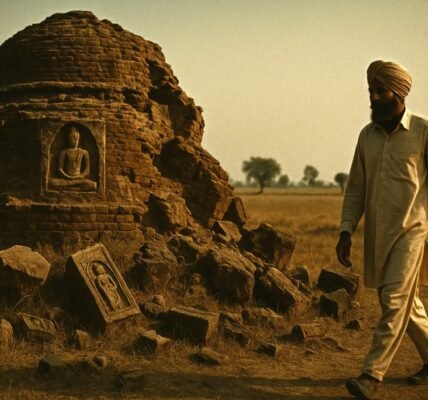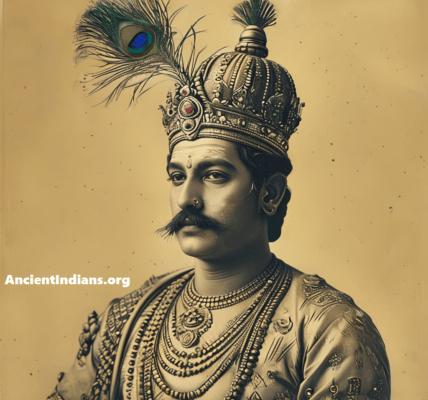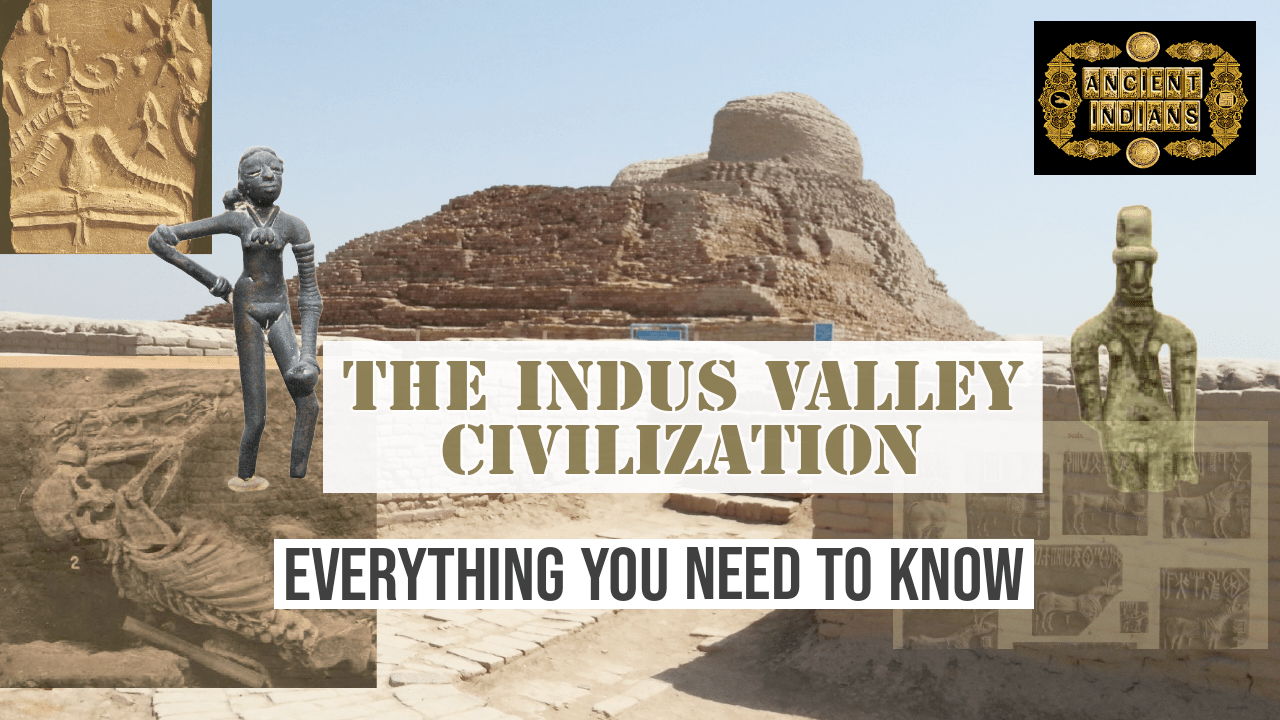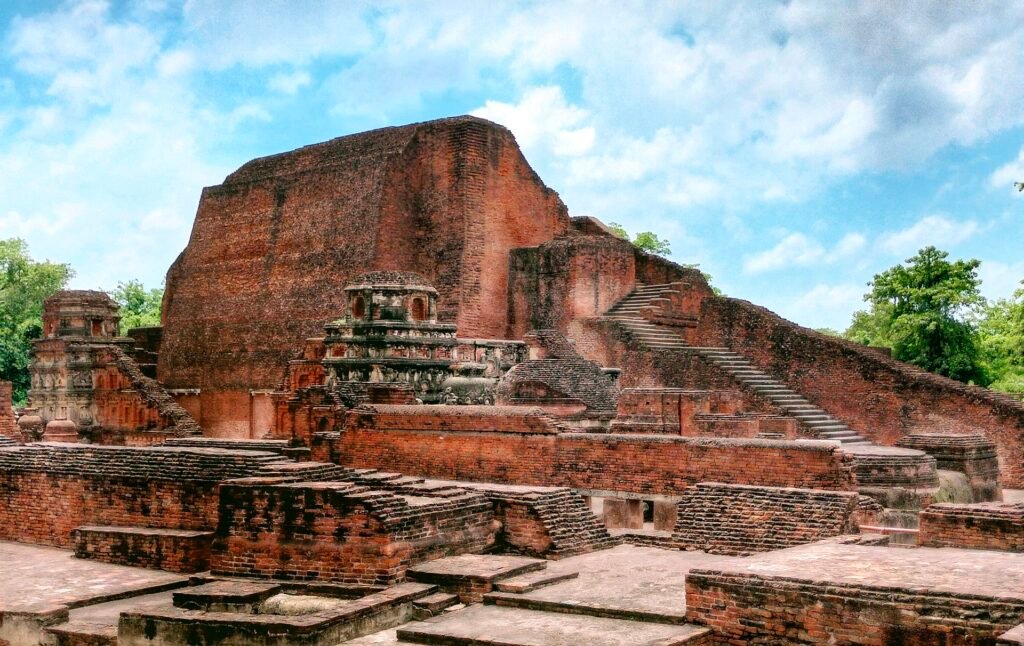
Nalanda University stands as a symbol of ancient India’s remarkable contribution to education and intellectual development. Renowned as one of the world’s earliest universities, Nalanda attracted scholars and students from far and wide, becoming a center of learning, debate, and cultural exchange. Its reputation, preserved through the writings of the 7th-century Chinese scholar Xuanzang (also known as Yuan Chwang and Hiuen Tsang ), provides us with a vivid glimpse into the golden age of Indian education.
The Beginning of Nalanda
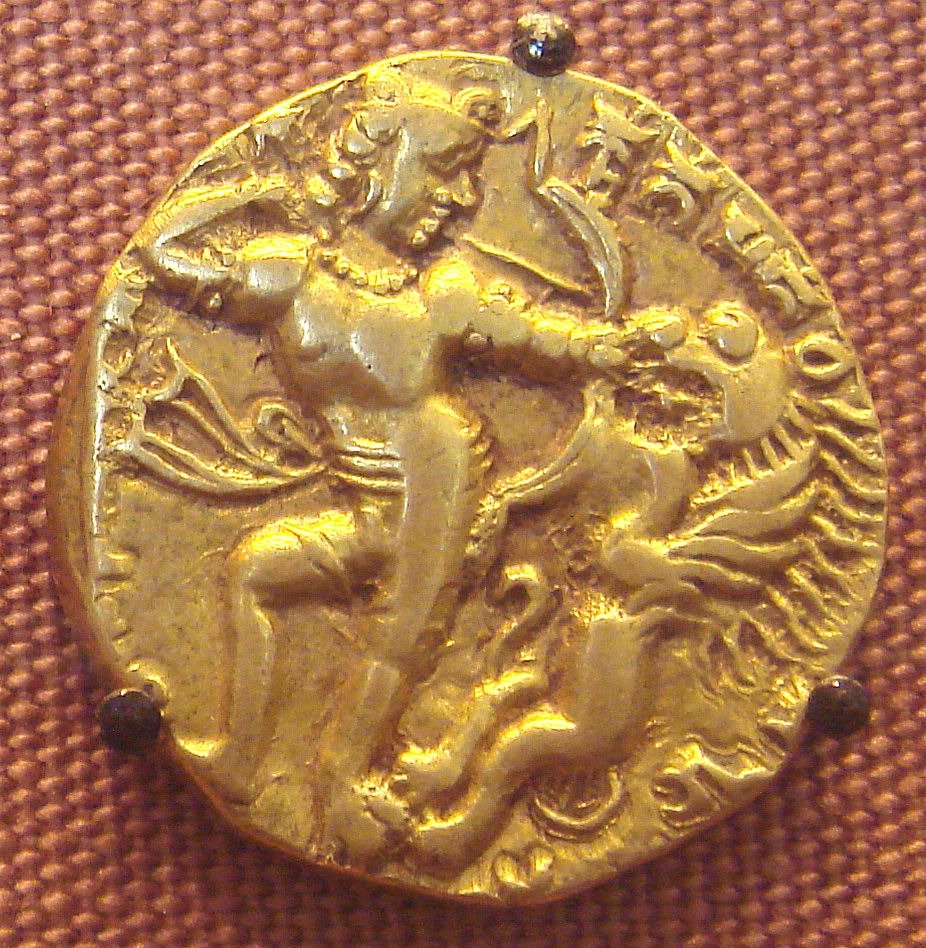
The ancient Nalanda University was established in Nalanda, present-day Bihar, India, in the 5th century CE during the reign of the Gupta Empire. Though primarily rooted in Buddhist traditions, it was founded by Emperor Kumaragupta I, a devout Hindu.
Nalanda quickly rose to prominence as a beacon of knowledge and intellectual inquiry, becoming a magnet for scholars, monks, and students from across Asia. Founded as a center for higher learning, the university offered an unparalleled curriculum that blended Buddhist philosophy with other disciplines, such as logic, mathematics, medicine, and the arts. Over the centuries, Nalanda’s reputation soared, earning it the distinction of being the world’s first international residential university—predating similar institutions in the West by more than 500 years—and setting a timeless benchmark for academic excellence in the ancient world.
A Thriving Center of Learning

Nalanda was not just a university; it was an intellectual hub where thousands of students and teachers worked together to explore the depths of knowledge. According to Xuanzang, the university housed several thousand students, all of whom were individuals of exceptional talent and ability. These students were known not only for their intellectual brilliance but also for their exemplary conduct and adherence to strict moral principles.
The rules at Nalanda were rigorous, ensuring that only the most disciplined and dedicated individuals could thrive. From morning until night, the university buzzed with debates and discussions. Students, both young and old, engaged in mutual learning, exchanging ideas and helping each other grow intellectually. Scholars from across India and even beyond its borders traveled to Nalanda to resolve their doubts, participate in debates, and share their wisdom.
Admission to Nalanda was a challenge in itself. Prospective students had to demonstrate their knowledge and debating skills before being accepted. Xuanzang observed that out of every ten candidates, only two or three were successful. This rigorous selection process ensured that Nalanda maintained its high standards and reputation for excellence.
An Inclusive and Diverse Curriculum
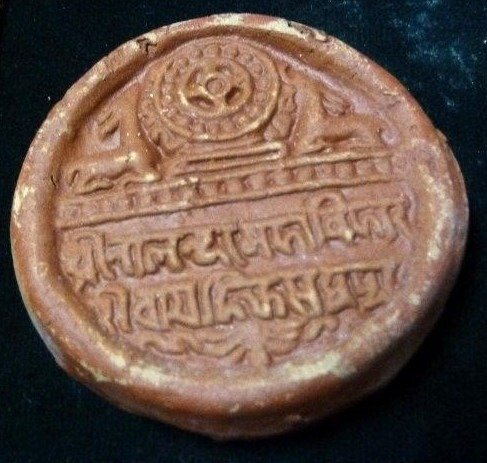
While the Nalanda was a Buddhist institution, its teachings went far beyond Buddhist philosophy. Subjects like the Vedas, grammar, logic, mathematics, and medicine were also part of the curriculum. The university embraced diverse schools of thought, including all the major sects of Buddhism and even Brahminical studies. Buddhist and Brahminist students went through a course of secular studies before they parted ways in higher metaphysics.
This openness to different ideas and disciplines made Nalanda a truly inclusive institution. It attracted scholars from various cultural and religious backgrounds, creating a vibrant and dynamic intellectual community.
Xuanzang‘s Connection with Nalanda
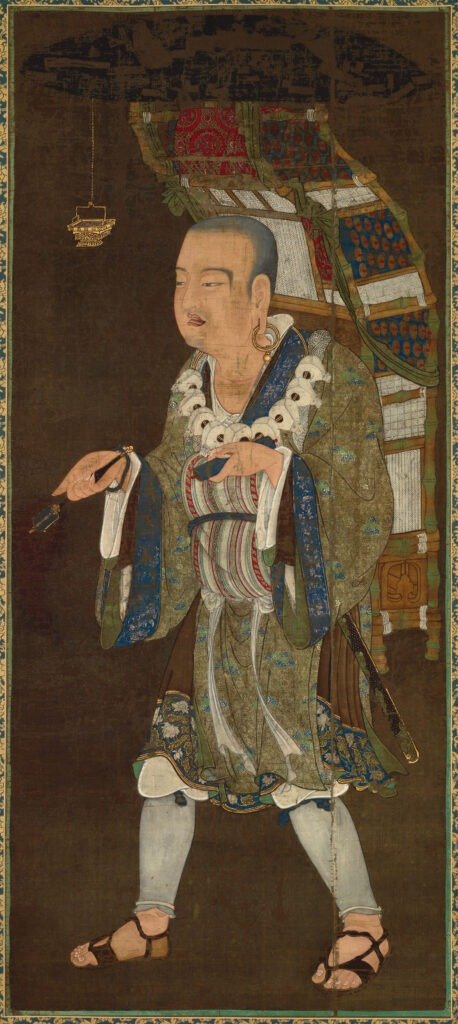
Xuanzang himself studied at Nalanda, and his writings give us a detailed account of its functioning. He studied under Silabhadra, a distinguished scholar and the head of the university at the time. Silabhadra was deeply respected, not only for his vast knowledge but also for his role in defending Nalanda’s intellectual traditions in public debates.
Xuanzang learned several subjects during his time at Nalanda, including the Yoga Sutras and various Buddhist texts. He became one of the university’s fifty most distinguished scholars, a testament to both his dedication and the high-quality education offered at Nalanda.
A System of Holistic Education
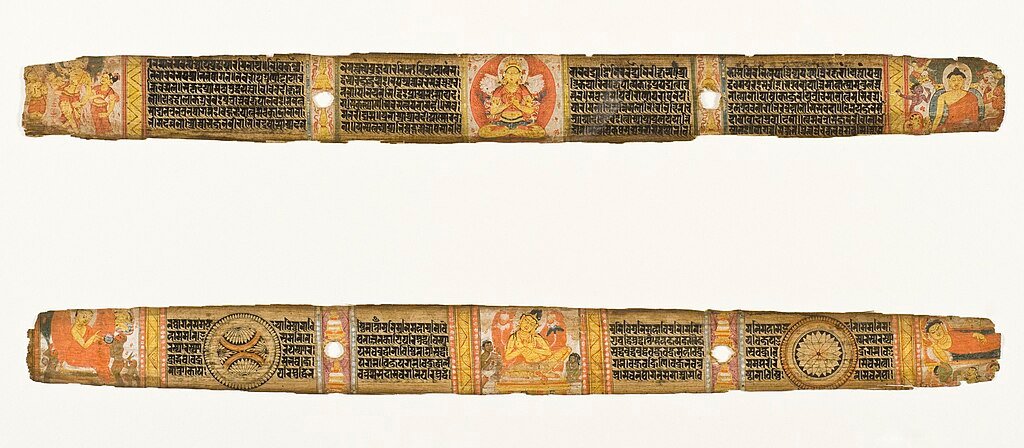
Education at Nalanda, and in India during that era, was a blend of practical and classical learning. Children began their education by studying foundational texts and gradually advanced to higher disciplines. The medium of instruction was Sanskrit and Pali. At Nalanda, the curriculum covered five major fields of study:
- Grammar – Understanding and classifying words and their meanings.
- Skilled Professions – Including mechanical arts, logic, and astrology.
- Medicine – The study of health and healing practices.
- Reasoning – Exploring philosophical debates and distinguishing between true and false ideas.
- Internal Knowledge – Examining spiritual concepts, religious practices, and the laws of Karma.
This comprehensive system ensured that students received a well-rounded education, preparing them for both practical and philosophical pursuits.
Debates, Monks, and Wandering Scholars
The ancient Nalanda university was not just about classroom learning. Public debates and discussions were a key feature of its academic life. Scholars traveled from all over India to participate in these intellectual contests, which were often held under royal patronage. These debates encouraged critical thinking and helped spread new ideas far and wide.
Wandering monks and ascetics also played a significant role in the education system of the time. These scholars, often choosing a life of simplicity and self-sacrifice, traveled across the country, sharing their knowledge with those who could not attend universities like Nalanda. Their dedication to spreading wisdom further enriched the educational landscape of India.
The End of Nalanda
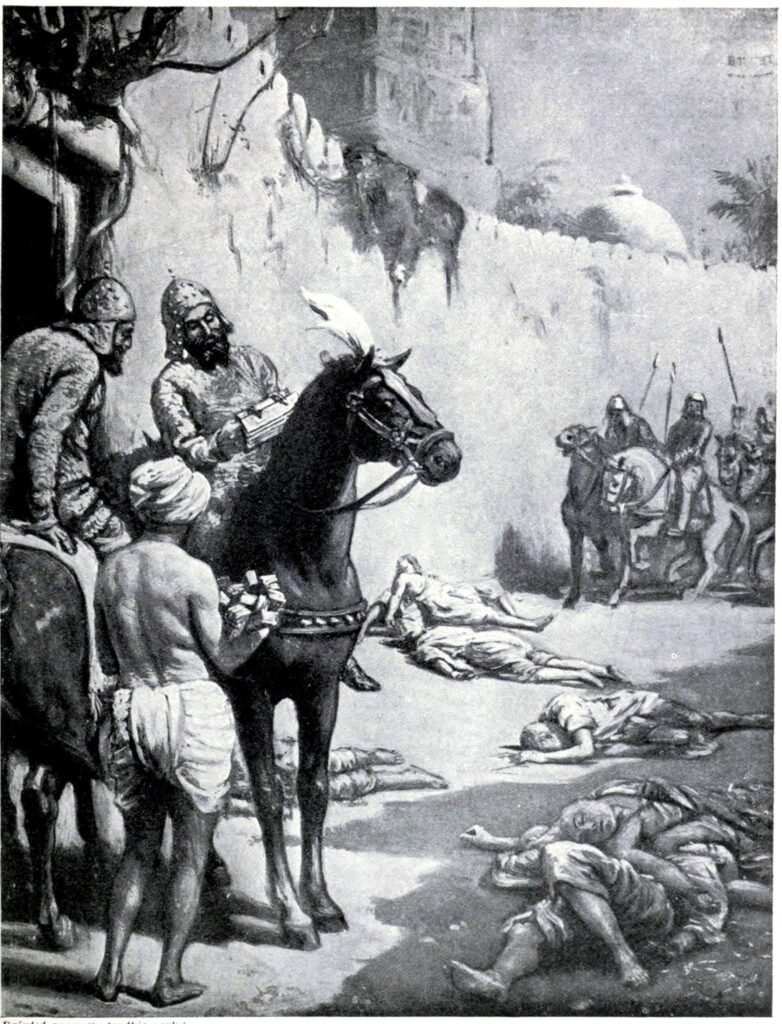
The barbaric Islamic conquest of Bihar by Muhammad Bakhtiyar Khalji around 1200 AD is widely regarded as the reason for the destruction of the great center of learning at Nalanda. Although the university managed to survive after that brutal onslaught, its existence was but a shadow of its former glory. This decline is evident in the accounts of Dharmasvamin, a Tibetan monk and pilgrim, who visited the university in 1235 AD. Dharmasvamin’s biography also details how Nalanda continued to face attacks by Muslim forces even during his time there.
A Legacy That Shaped the World

Nalanda’s impact on education and culture was profound. During its peak in the 7th century, it was the only international university in the world, attracting students and scholars from regions as far as China, Korea, Japan, Tibet, Persia, and Central Asia.
The university’s emphasis on intellectual rigor, inclusivity, and moral values set a high standard for education. Its scholars and teachers were not only experts in their fields but also role models who inspired generations of students.
Even today, Nalanda university is remembered as a beacon of knowledge and a testament to the rich intellectual traditions of ancient India. It serves as a reminder of the power of education to unite people, transcend boundaries, and illuminate the path to wisdom.
A New Dawn

A project to revive the ancient Nalanda University began in 2010, aiming to restore its ancient glory. By 2017, work started on building world-class facilities to make it a global center for education. With support from 17 countries and students from around the world, the university embodies a shared effort to bring back the spirit of learning and collaboration that defined the original Nalanda.
Sources:
- Sankalia, H. D. (1934). The University of Nalanda. Madras: B. G. Paul & Co.
- https://en.wikipedia.org/wiki/Nalanda_mahavihara#
- Roerich, G. (1959). Biography of Dharmasvāmin (Chag lo tsa-ba Chos-rje-dpal): A Tibetan Monk Pilgrim. Patna: K. P. Jayaswal Research Institute.
- Watters, T. (1973). On Yuan Chwang’s travels in India (A.D. 629-645) (2nd Indian ed.). Edited by T. W. Rhys Davids & S. W. Bushell, with itinerary by V. A. Smith. Munshiram Manoharlal Publishers. (Original work published 1904-1905).
